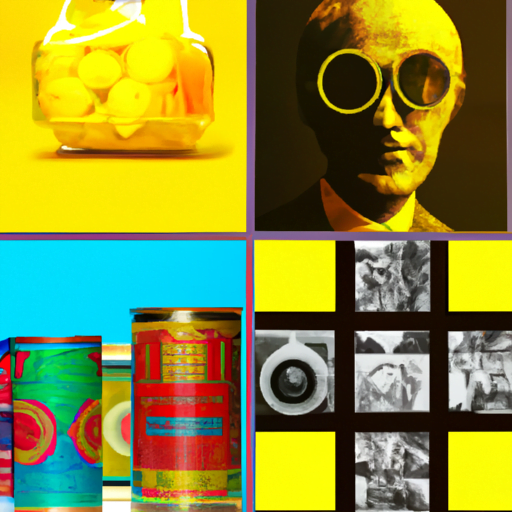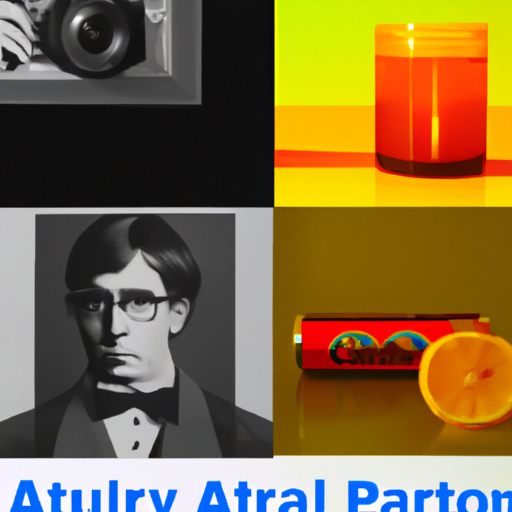
-
Table of Contents
- The Art of Cultural Fusion: Blending Art Styles from Different Regions
- Understanding Cultural Fusion
- The Significance of Cultural Fusion in Art
- Notable Examples of Cultural Fusion in Art
- Picasso’s African Period
- Japanese Woodblock Prints and Impressionism
- Street Art and Calligraphy
- The Future of Cultural Fusion in Art
- Summary
The Art of Cultural Fusion: Blending Art Styles from Different Regions

Art has always been a reflection of culture, and throughout history, artists have drawn inspiration from their surroundings. However, in today’s interconnected world, the boundaries between cultures are becoming increasingly blurred. This has led to a fascinating phenomenon known as cultural fusion, where artists blend art styles from different regions to create unique and captivating works. In this article, we will explore the art of cultural fusion, its significance, and some notable examples that showcase the beauty of blending art styles.
Understanding Cultural Fusion
Cultural fusion is the process of combining elements from different cultures to create something new and innovative. It is a natural consequence of globalization, as people from diverse backgrounds come into contact with each other, exchanging ideas, traditions, and artistic techniques. This exchange often leads to the emergence of hybrid art forms that incorporate elements from multiple cultures.
One of the key aspects of cultural fusion is the ability to appreciate and respect different art styles. Artists who engage in cultural fusion are not simply copying or appropriating elements from other cultures; instead, they are actively seeking to understand and learn from them. By doing so, they can create art that is both authentic and respectful of the cultures they draw inspiration from.
The Significance of Cultural Fusion in Art
Cultural fusion in art has several significant implications:
- Promoting Cultural Exchange: Cultural fusion allows for the exchange of ideas and artistic techniques between different regions. This exchange fosters a deeper understanding and appreciation of diverse cultures.
- Preserving Traditional Art Forms: Cultural fusion can help preserve traditional art forms that may be at risk of being lost or forgotten. By incorporating elements from different cultures, artists can breathe new life into these art forms and ensure their continued relevance.
- Encouraging Innovation: Cultural fusion encourages artists to think outside the box and experiment with new ideas. By blending art styles, artists can create unique and innovative works that push the boundaries of traditional art.
- Breaking Down Stereotypes: Cultural fusion challenges stereotypes and preconceived notions about different cultures. By showcasing the beauty of blended art styles, artists can promote a more inclusive and diverse society.
Notable Examples of Cultural Fusion in Art
There are numerous examples of cultural fusion in art that demonstrate the beauty and power of blending art styles. Here are a few notable ones:
Picasso’s African Period
Pablo Picasso, one of the most influential artists of the 20th century, went through a phase known as his African Period. During this period, Picasso was heavily influenced by African art, particularly the masks and sculptures he encountered in Paris. He incorporated elements of African art into his own style, resulting in a series of groundbreaking paintings that revolutionized modern art.
Japanese Woodblock Prints and Impressionism
In the late 19th century, Japanese woodblock prints, known as ukiyo-e, made their way to Europe and had a profound impact on Western art. Artists like Vincent van Gogh and Claude Monet were inspired by the bold colors, flattened perspectives, and asymmetrical compositions of ukiyo-e prints. They incorporated these elements into their own works, contributing to the development of Impressionism.
Street Art and Calligraphy
Street art, with its vibrant colors and bold forms, has become a global phenomenon. In recent years, street artists have been incorporating elements of traditional calligraphy into their works, creating a fusion of urban graffiti and ancient writing systems. This blend of styles not only adds depth and complexity to street art but also highlights the cultural heritage of calligraphy.
The Future of Cultural Fusion in Art
Cultural fusion in art is likely to continue evolving and expanding in the future. As globalization progresses and people become more interconnected, the exchange of ideas and artistic techniques will only increase. This will lead to even more innovative and diverse art forms that blend elements from different cultures.
However, it is important to approach cultural fusion with sensitivity and respect. Artists should strive to understand the cultural significance and context of the art styles they are blending. By doing so, they can create art that is not only visually stunning but also culturally meaningful.
Summary
The art of cultural fusion is a testament to the power of diversity and the beauty of blending art styles from different regions. It promotes cultural exchange, preserves traditional art forms, encourages innovation, and challenges stereotypes. Notable examples such as Picasso’s African Period, the influence of Japanese woodblock prints on Impressionism, and the fusion of street art and calligraphy demonstrate the transformative potential of cultural fusion in art. As the world becomes increasingly interconnected, cultural fusion in art will continue to evolve, creating new and exciting possibilities for artists and audiences alike.
